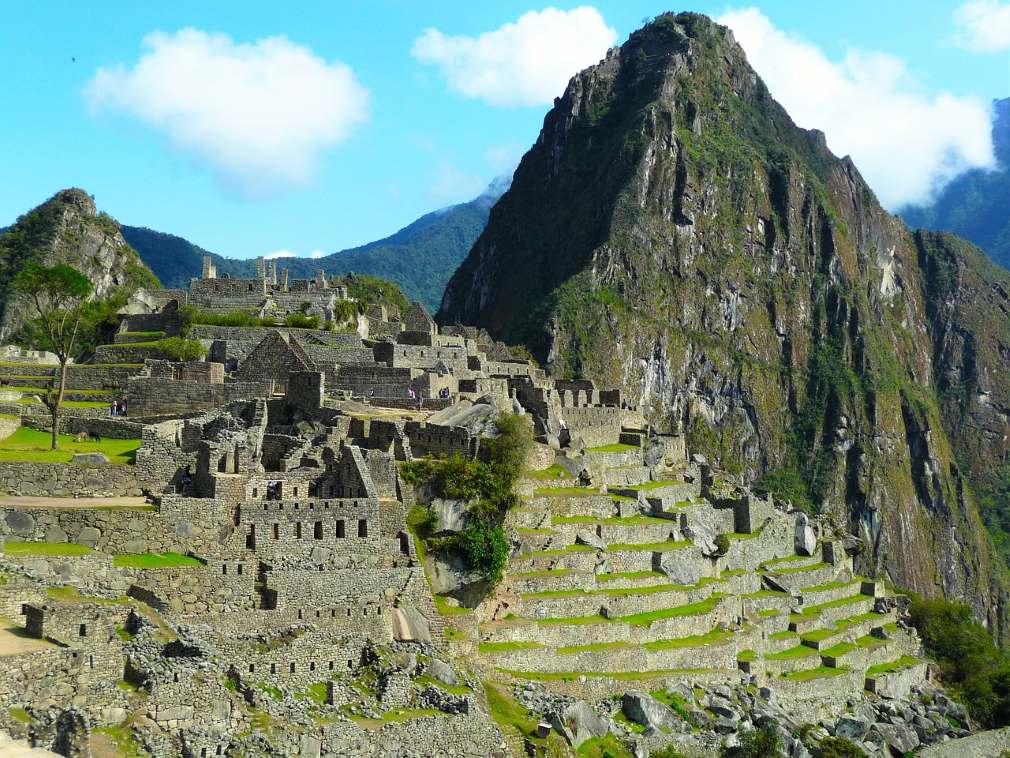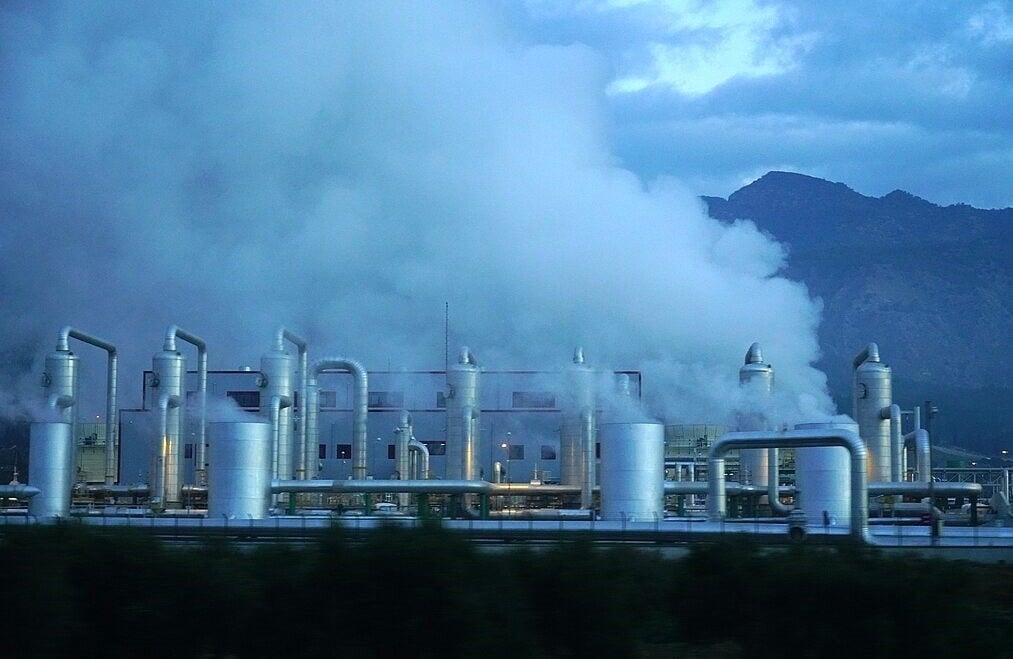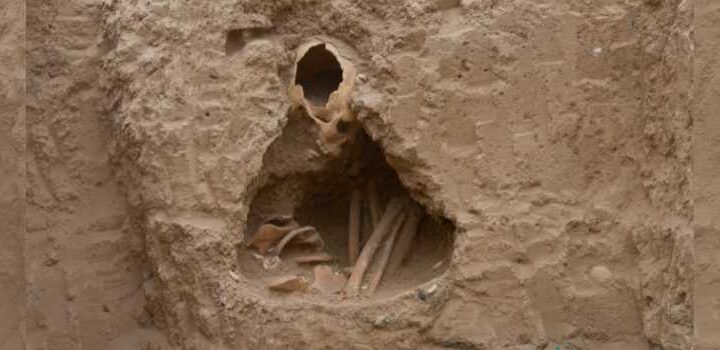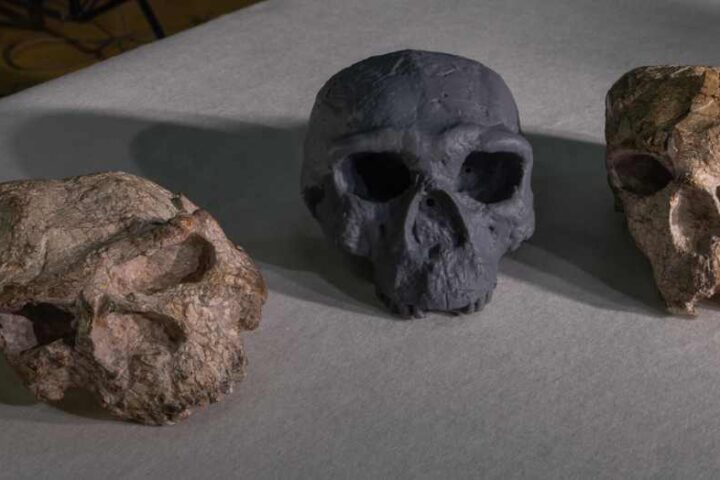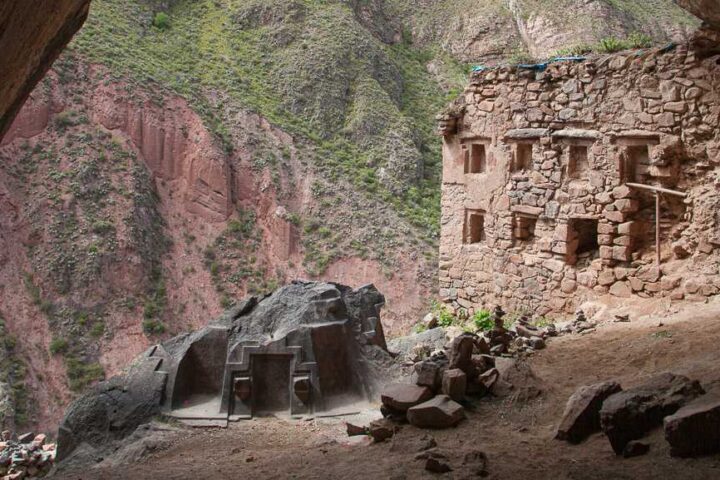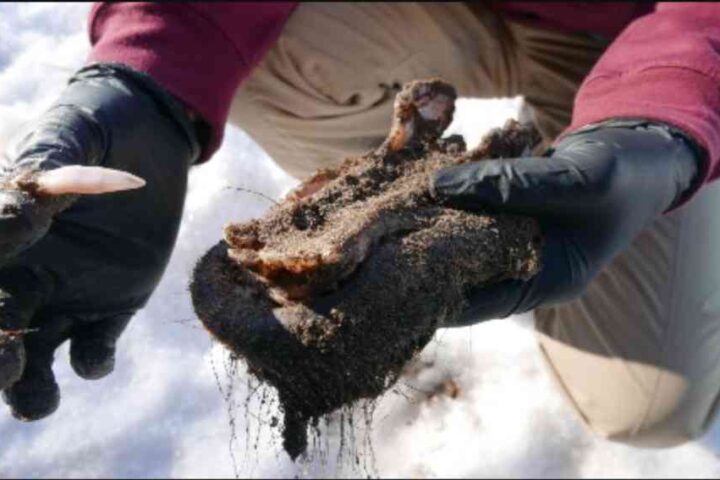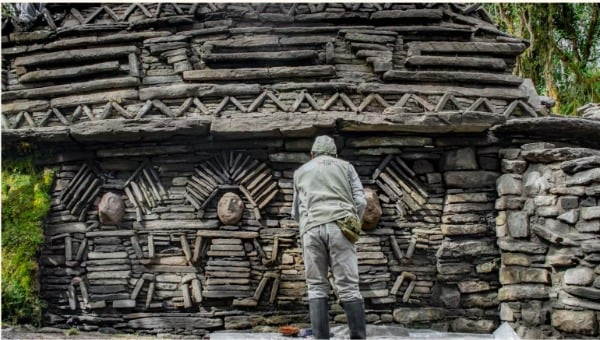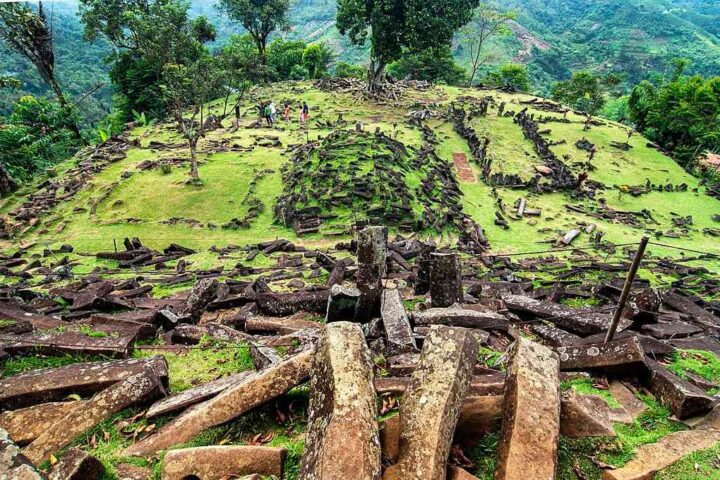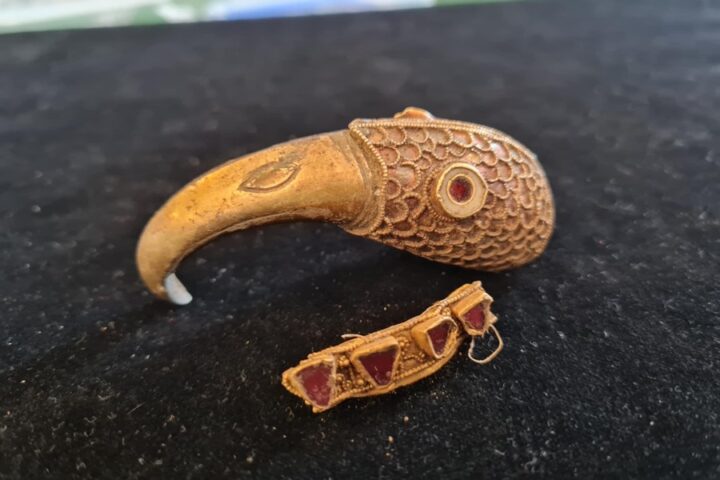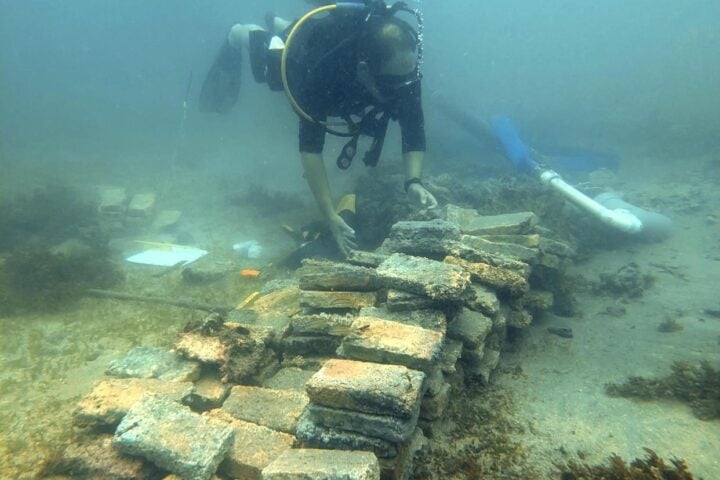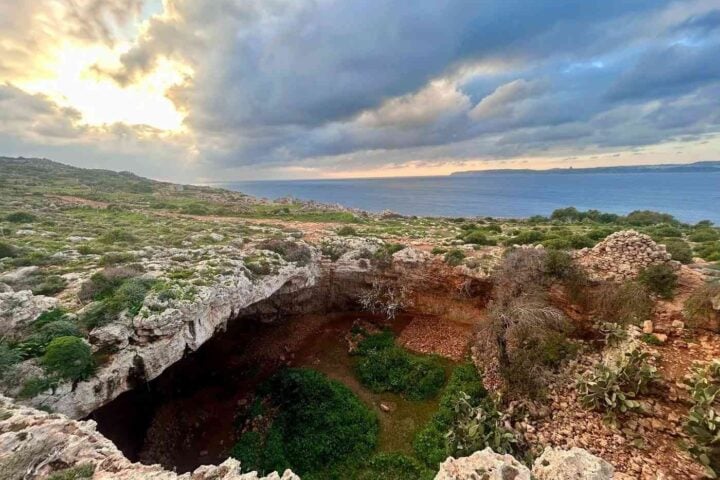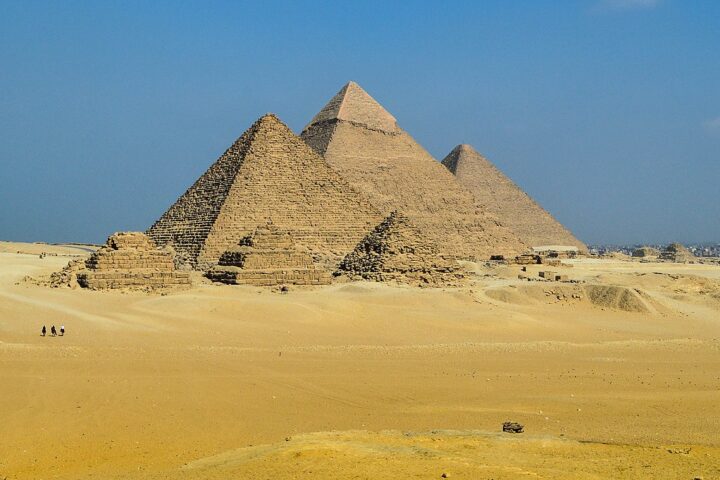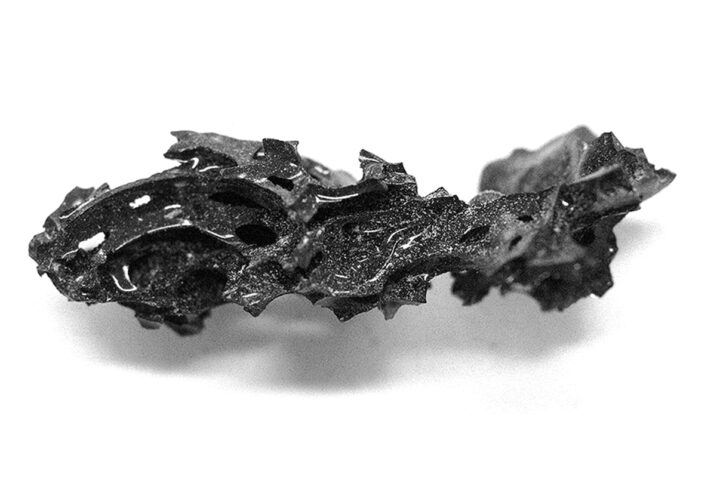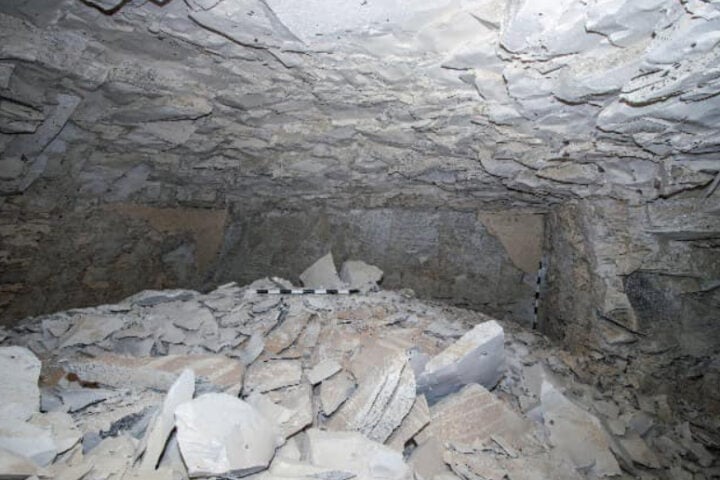Archaeologists have found Peñico, a 3,500-year-old city in Peru that linked coastal communities with those in the Andes mountains and Amazon basin. The discovery was announced on July 3, 2025, following eight years of research in northern Peru’s Barranca province, about 200 kilometers north of Lima.
Peñico was built between 1800 and 1500 BC, around the same time early civilizations were developing in the Middle East and Asia. Located 600 meters above sea level, its position was perfect for trade between different regions.
“They were situated in a strategic location for trade, for exchange with societies from the coast, the highlands and the jungle,” said Dr. Ruth Shady, who led the research and previously excavated Caral in the 1990s.
Drone images show a circular structure on a hillside terrace at the city’s center, with stone and mud buildings surrounding it. Researchers have found 18 structures, including temples and homes. The central plaza has wall carvings showing the pututu, a conch shell trumpet used to communicate over long distances.
Researchers discovered clay figures of humans and animals, ceremonial objects, and necklaces made from beads and seashells in various buildings. These items reveal connections with different communities and show how Peñico served as a hub where goods and ideas from various regions came together.
Similar Posts
Peñico is especially important because it relates to Caral, the oldest known civilization in the Americas, which began 5,000 years ago around 3000 BC in the Supe Valley. Experts think Peñico formed after climate change, including possible drought and flooding around 1800 BC, affected Caral.
“Peñico’s importance lies in it being the continuation of the Caral society,” said Marco Machacuay from Peru’s Ministry of Culture during the announcement.
Unlike other ancient civilizations from the same period in Egypt, India, Sumeria, and China, Caral developed in isolation. It had 32 large structures, including pyramids, advanced irrigation systems, and well-designed settlements.
Peñico adds to Peru’s rich archaeological history, joining sites like Machu Picchu and the Nazca Lines. Its higher elevation may have been chosen on purpose, offering advantages while making travel between different ecological areas easier.
As excavation continues, researchers hope to learn more about how ancient Peruvian societies adapted to environmental changes and maintained trade networks across different regions. The variety of artifacts supports the idea that Peñico was crucial for economic and cultural exchange, helping to continue the achievements of the earlier Caral civilization.
Peñico opened to tourists on July 3, allowing visitors to see this important part of Peru’s ancient heritage firsthand.
